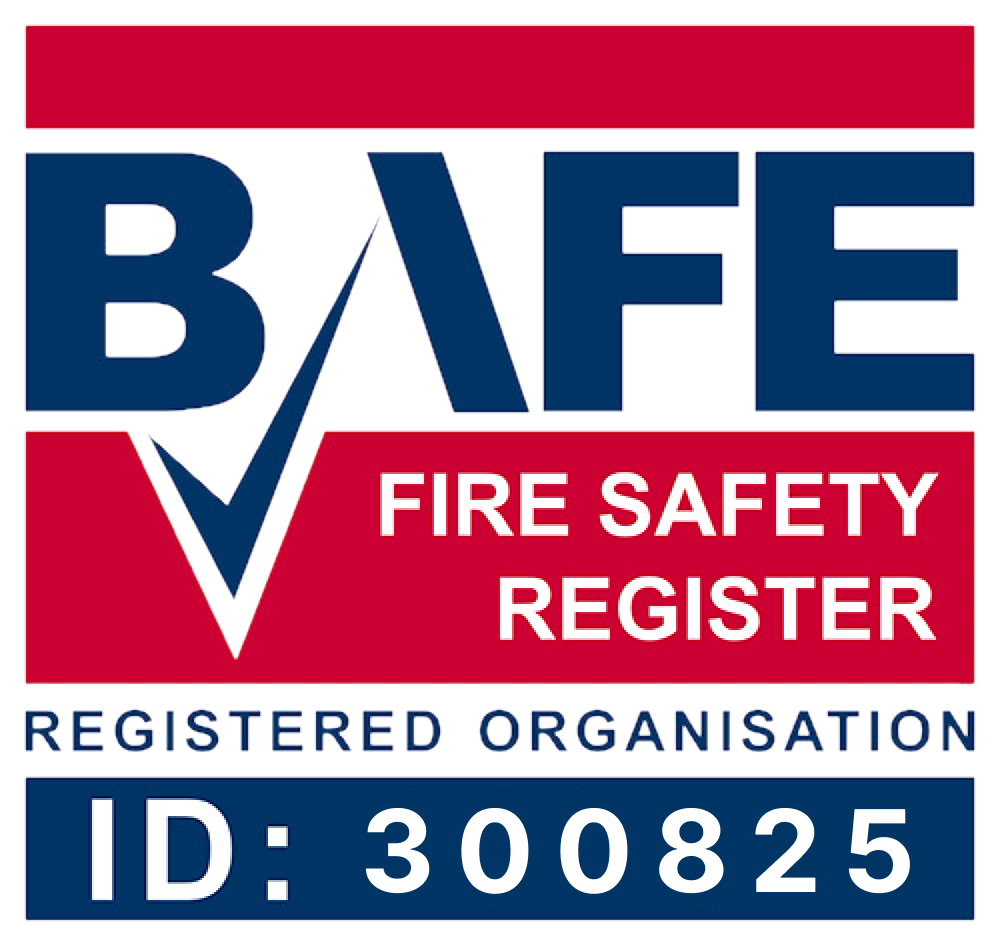When it comes to emergency lighting, there are two main options for businesses and homes: battery backup or traditional. Both have their advantages and disadvantages that need to be considered before making a decision.
In this article, we’ll explore the differences between the two types of emergency lights so you can decide which is right for you.
First off, let’s look at battery backup lights. These are powered by batteries rather than mains electricity and provide reliable illumination in case of an outage. They’re also relatively low-maintenance as they don’t require regular checks like traditional systems do.
On the downside, they tend to be more expensive than traditional lights and must be replaced periodically due to battery life expectancy.
Advantages Of Battery Backup Lights
Battery backup lights provide a reliable source of emergency lighting when needed. They are powered by internal batteries and will continue to work even during power outages or other disruptions, ensuring that the area remains illuminated in an emergency situation.
Battery backup lights have several advantages over traditional emergency lights. Firstly, they require no wiring, so installation is much simpler than with hardwired systems. This can result in significant cost savings when it comes to installation and maintenance costs. Secondly, battery-powered units tend to last longer than their wired counterparts due to reduced wear and tear on their components. Finally, there is no risk of electric shock associated with these lights as they operate independently from mains electricity supplies.
In summary, battery backup light fixtures offer many benefits for both commercial and residential buildings alike. From the ease of installation to increased longevity and safety, these products are well worth considering if you’re looking for effective emergency lighting solutions.
Disadvantages Of Battery Backup Lights
The main disadvantage of battery backup lights is their cost. Not only are they more expensive to buy, but you also have additional costs associated with the batteries which power them.
In addition, the time taken for a battery backup light to come on when the electricity supply fails can be longer than that of traditional emergency lighting – so if an evacuation must take place quickly due to danger present in a building, then this could pose problems.
One other factor to consider is maintenance – because these lights require regular checking and replacing of batteries, it means there will need to be somebody assigned to do this task as part of ongoing duties related to safety requirements in the workplace or home.
This extra responsibility may not suit everyone’s needs or budget. Therefore, before deciding whether battery backup lights are right for you, it’s important to weigh up all the factors involved.
Advantages Of Traditional Emergency Lights
It’s essential to have a reliable emergency lighting system in place, whatever the context. But when it comes to deciding between battery backup and traditional emergency lights, which is right for you?
Let’s take a look at some of the advantages of traditional emergency lights…
Traditional emergency lighting systems are often more cost-effective than their battery-powered equivalents. They also require less maintenance; once installed, they do not need frequent checks or replacement batteries.
As well as this, these fixtures tend to be aesthetically pleasing and provide even light distribution around the area – ideal for stairwells and other large spaces where visibility must remain consistent during an outage. Furthermore, these types of fixtures can be equipped with advanced features such as programmable options, allowing them to automatically turn on when power fails.
Disadvantages Of Traditional Emergency Lights
Traditional emergency lights have several disadvantages. They can be bulky and require a lot of wiring, making them difficult to install in tight spaces or on high ceilings. Additionally, they are expensive and need regular maintenance to remain effective.
This means that if the power fails, any faults may not be spotted until it is too late and an outage has already occurred. Moreover, traditional emergency lights rely on battery backup systems which themselves are prone to failure due to their limited lifespan and inability to handle heavy usage over long periods of time.
This makes them unreliable compared with modern alternatives such as LED lighting since these do not require batteries at all and so provide more reliable illumination during an outage. To sum up, traditional emergency lights often prove costly both financially and logistically.
Factors To Consider When Choosing Your System
When it comes to choosing the right emergency lighting system, there are a few factors you should consider.
Firstly, you need to think about your budget and determine which option is more cost-effective in the long run. You may find that battery backup systems offer higher initial costs but lower running costs due to their efficient energy usage.
Secondly, you must decide whether or not you’re looking for an upgradeable solution. Battery backups allow for additional components such as sensors and even remote monitoring capabilities. This can help provide extra safety features when needed.
Lastly, you’ll want to assess the size of the area which needs illuminating – battery-backed-up models tend to be small and compact making them ideal for tighter spaces or where space is at a premium.
To summarise:
- Consider your budget when deciding between traditional and battery-backed-up options;
- Decide if upgradability is important;
- Assess the size of the area being lit by the system.
Cost Comparison Of Battery Backup Vs Traditional Lights
Moving on from the factors to consider when choosing your system, let’s take a look at the cost comparison of battery backup versus traditional lights.
Generally speaking, battery backups are more expensive than their traditional counterparts due to the added benefits that come with them such as improved safety and reliability.
The upfront costs for battery-backed emergency lighting can be quite high in comparison to regular fluorescent or LED lamps. However, they offer many advantages which can save money over time.
Battery-backed systems require less maintenance than traditional lights since they do not need to be replaced regularly. Additionally, because these systems provide an uninterrupted power supply during outages, businesses don’t have to incur additional costs incurred by having employees manually reset light fixtures after a blackout occurs.
Moreover, battery backups are virtually always compliant with building codes and fire regulations – meaning you won’t have any trouble complying with local government standards if you choose this option.
Overall then, while there is certainly an initial investment required for battery-backed emergency lighting solutions, it pays off, in the long run, thanks to its reliable performance and reduced maintenance requirements. So why not give them a try?
Benefits Of Combining Battery Backup And Traditional Emergency Lights
If you’re looking for the perfect way to light up your home or business in a crisis, nothing beats combining battery backup and traditional emergency lights.
Not only do they work together seamlessly, but they are also incredibly reliable when it comes to keeping your space illuminated during an emergency.
The combination of these two lighting solutions offers maximum protection against blackouts and power outages. With both systems running simultaneously, you can be sure that your property will never be left in darkness even if there is a disruption to the electricity supply – day or night.
When it comes to peace of mind, there really is no better option than this dynamic duo!
Frequently Asked Questions
How Long Will A Battery Backup Light Last In An Emergency Situation?
When it comes to emergency lighting, the longevity of a battery backup light is an important factor to consider.
A battery backup light should be able to last for an extended period in order to ensure safety during emergencies.
Generally speaking, a quality battery backup system will have enough power stored up that it can maintain the lights for several hours at a time, depending on how much load has been placed on them.
Furthermore, some systems are designed with features such as low-power modes which can extend their lifespan even further.
Is It Possible To Use Battery Backup And Traditional Emergency Lights In The Same System?
It is indeed possible to use a combination of battery backup and traditional emergency lights in the same system.
This can be beneficial for providing additional layers of safety, as well as ensuring that any potential power outages are dealt with efficiently.
In addition, having both types of lighting available means that you have more flexibility regarding where they’re placed within your property or premises.
Battery backup systems also provide convenience, since they don’t require manual activation in case of an emergency – they will automatically switch on if there’s a power outage, making sure everyone remains safe.
Are There Any Regulations Or Codes Governing The Installation Of Emergency Lighting?
When it comes to the installation of emergency lighting, there are several regulations and codes which must be adhered to in order for a system to meet safety standards.
For example, all exit doors must have an illuminated sign or light installed above them so that they can clearly be seen during a power outage.
Additionally, luminaries used must provide at least one foot-candle (one lumen per square foot) of illumination over any walking surface – this is particularly important in areas such as stairwells where visibility is essential.
As you can see, these regulations serve as a beacon of safety amidst uncertain times by providing assurance that no matter what happens, your building will remain well-lit and visible!
How Often Should The Batteries In A Battery Backup System Be Replaced?
When it comes to replacing the batteries in a battery backup system, it’s important to be aware of how often this should take place.
Generally speaking, most manufacturers recommend that the batteries are replaced every 5 years or so, although this can depend on usage and environmental conditions.
For example, if there is extreme heat or cold where the system is located, then the life expectancy could be reduced significantly – meaning batteries will need replacing sooner rather than later.
Are There Any Maintenance Requirements For Traditional Emergency Lighting?
Maintaining traditional emergency lighting is like running a marathon; there’s no end to the long list of maintenance requirements.
Many systems require batteries to be changed regularly, and you may need expert help for more complex tasks such as inspecting the wiring and replacing bulbs.
It’s also important to keep up-to-date with safety regulations and ensure your system meets all necessary standards.
So if you’re looking for an easily maintained solution that requires little effort from you, traditional emergency lighting might not be suitable.
In conclusion, when weighing the pros and cons of battery backup vs. traditional emergency lights it is important to consider the individual needs of your facility.
Battery backups can provide a longer-lasting light source in an emergency situation and can be used with traditional lighting systems for maximum coverage. However, there are regulations concerning installation and maintenance that must be adhered to if you go down this route.
On the flip side, traditional emergency lights require less regular maintenance but may not last as long in an emergency situation.
It’s really up to you to decide what works best for you – just don’t forget to stay on top of those batteries!
Ultimately, it comes down to whether you want peace of mind or convenience; do you want something that will last the duration or something easier to maintain?
Whichever option fits your lifestyle best, there’s no denying that both battery backups and traditional emergency lights serve their purpose and keep us safe during times of crisis!















































